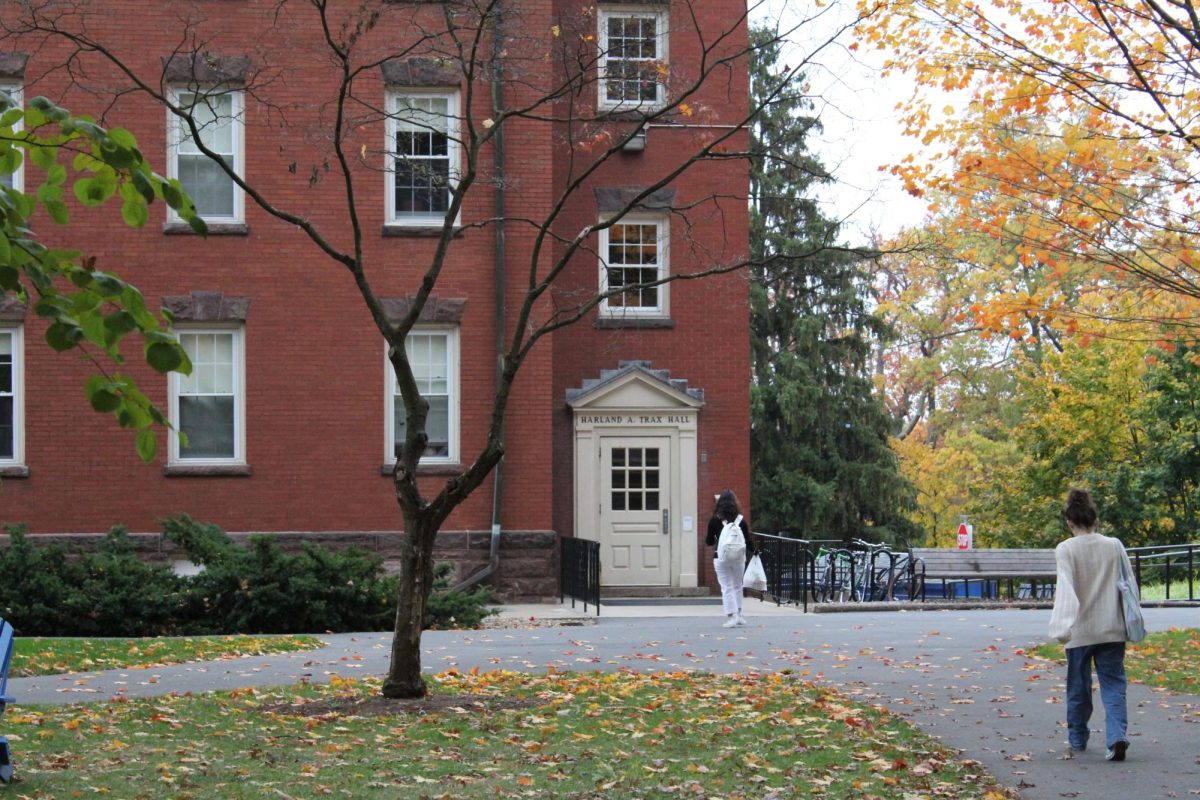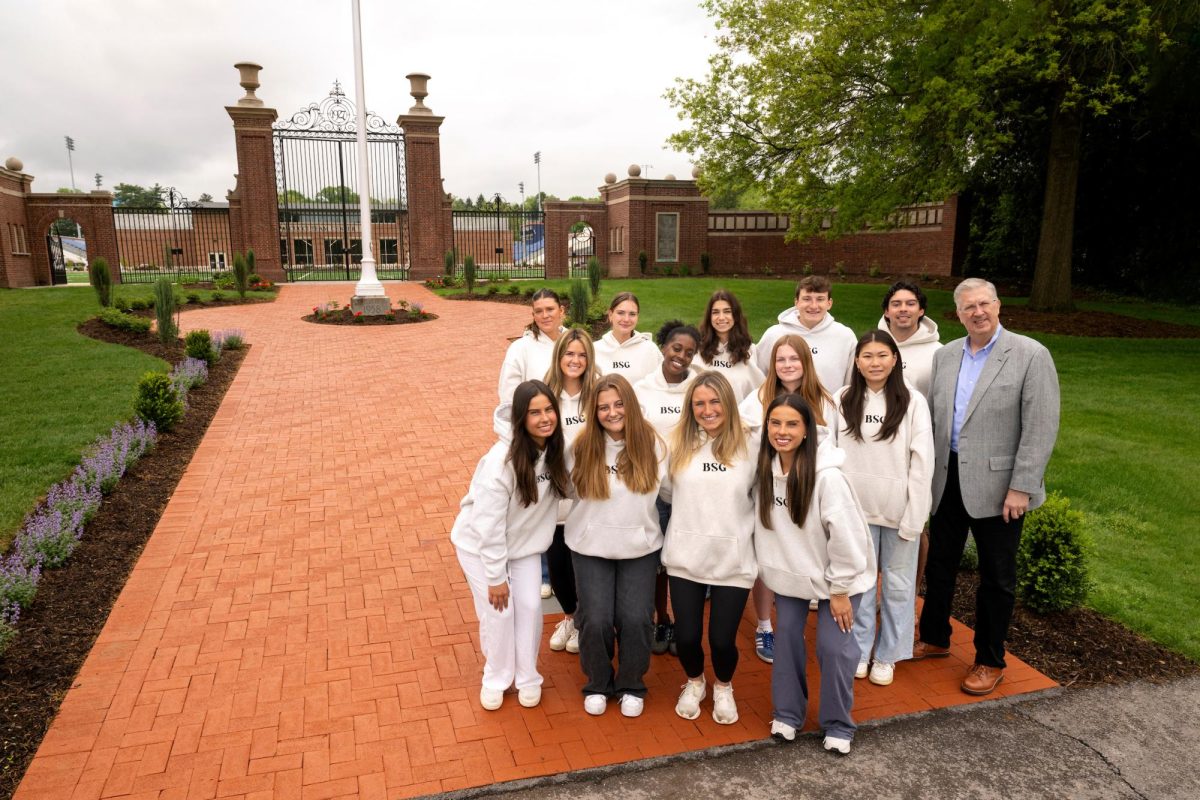Upon returning to campus this fall, Bucknell announced a new card access policy, limiting students’ IDs to only grant them entry to the building they live in. This policy trumps the former, which allowed student IDs to have access to other residence halls until 11:00 PM.
I know that Bucknell Public Safety had nothing but safety and security in mind when designing this policy, and I will visit this later on. However, I fear there are downsides to its enactment that I want to bring to light.
On the topic of safety, I’d like to bring up the common situation a woman walking home at night. If she were to feel like someone is following her or is going to harm her in any way, she shouldn’t have to bang on the door of the nearest residence building pleading for someone to let her in.
Moreover, limiting key card access restricts students from amenities other buildings have that theirs lack. For example, I often used the printers in Vedder while I lived in Harris. If the laundry room was full when I lived in Roberts, I was able to use the facilities in Trax and Kress. If I forgot my keycard for my building, it was nice to be able to ask a friend in a nearby building to let me in using theirs.
Additionally, if a fellow student needed my immediate help or assistance, I’d like to have the ability to have a seamless and efficient way to get to them without them having to come let me in.
Last semester, our school faced a terrifying active shooter emergency. Although the incident was later revealed to be a hoax, the terror students and staff felt during those moments was real. During emergency crises, such as the incident that occurred last spring, students can only access buildings without card readers such as certain academic buildings or the ELC. This preexisting policy restricts students’ abilities to seek safety in the midst of a crisis when they are not near their residence hall. The new policy for non-emergency situations on top of the crisis-dependent policy is only further limiting our accessibility.
As I mentioned previously, I know this measure was designed only with safety in mind. One may argue that decreasing campus-wide key card access can prevent visitors with bad intentions from entering a space. For example, a student with the intent to enter another student’s room without their consent. It is an unspoken rule that it is morally wrong to enter someone’s room and steal, yet people do it anyway. However, there’s a lock on each student’s door. It is our responsibility as adults to take the preventative measure of locking our doors, as a student within your own building could very much walk into your space with no barrier if not.
I understand the door keys can be a hassle to maneuver when in a rush, but we must remind ourselves that it is better to be safe than sorry. Our administration should similarly adapt this reminder and take into consideration the potential safety threats and downsides of the new key-card policy update.




















